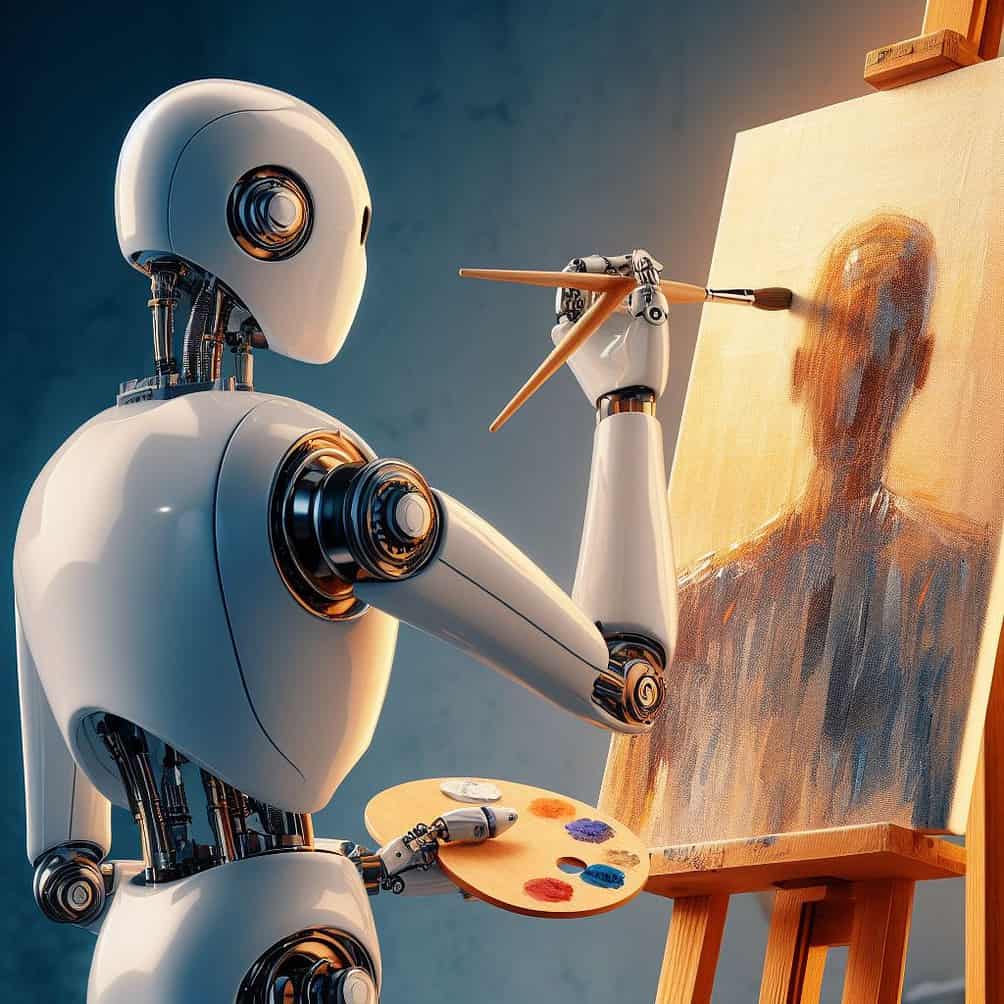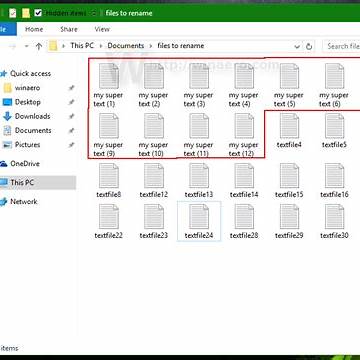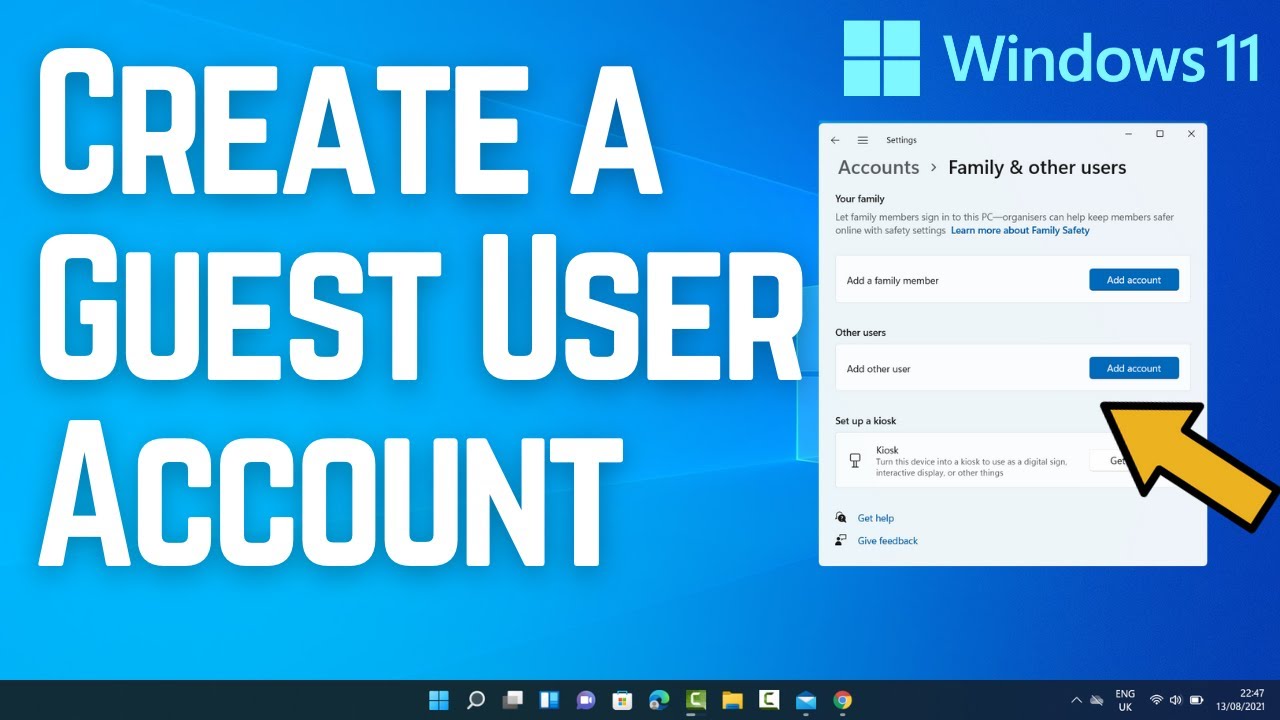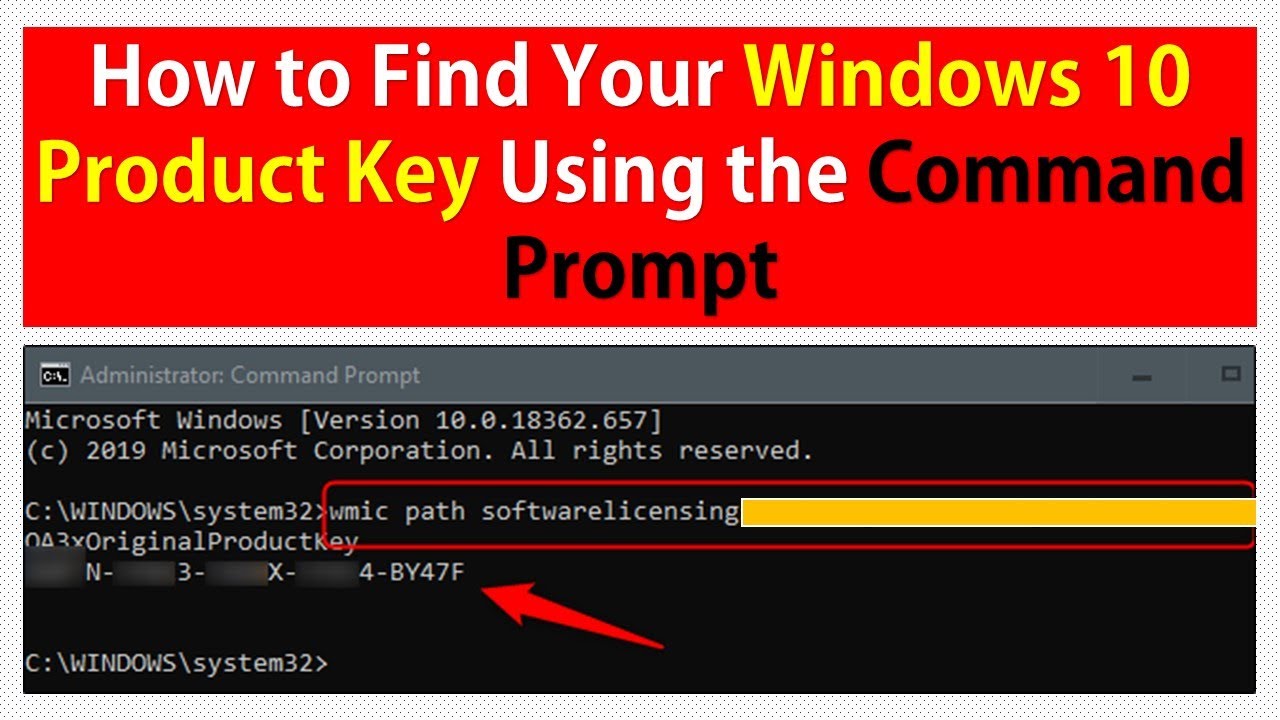Creating AI-generated art on Windows 10 has never been easier. With the rise of free AI-powered tools, anyone—from beginners to digital artists—can produce stunning visuals simply by describing what they want to see. In this how-to guide, I’ll walk you through the full process of making AI art using only free software and services that work on a Windows 10 system.
This tutorial is based on first-hand experience, thoroughly researched information, and insights from real user discussions. Follow each step, and by the end, you’ll be creating your own AI art using nothing more than your words, imagination, and a Windows 10 PC.
Step 1: Understand What AI Art Is
Before jumping in, it’s important to understand what AI art generation actually involves.
AI art is created by using a neural network trained on massive datasets of images. You give the AI a text prompt, and it generates an image that matches your description. These tools don’t draw images like a human—they generate them based on learned patterns and styles.
There are various tools that provide this functionality, some using your local machine (like Stable Diffusion) and others running on the web (like Microsoft Designer, Canva, or Bing Image Creator).
Step 2: Choose a Free Tool Compatible with Windows 10
Here are four free AI art tools that work on Windows 10. You can pick any one of them based on your comfort level and computing resources.
- Microsoft Paint with Image Creator (DALL·E)
Windows 10’s built-in Paint app now includes Image Creator, an AI-powered tool using OpenAI’s DALL·E model. You’ll need a Microsoft account to use this.
- Microsoft Designer
This is a browser-based tool with AI art generation built-in. It’s free and optimized for use with Microsoft Edge and Chrome.
- Canva AI Art Generator
Canva offers a drag-and-drop platform with AI art generation through text prompts. It’s free with optional premium features.
- Stable Diffusion (Local Installation)
Stable Diffusion is a powerful open-source AI model you can install on your own computer. It requires a decent GPU (NVIDIA recommended) but offers maximum control.
Step 3: Install or Access the Tool
For Microsoft Paint with Image Creator:
- Make sure your Windows 10 is updated.
- Open the Paint app.
- If available, click on the Image Creator icon on the toolbar.
- Log in using your Microsoft account.
- If Image Creator isn’t there, try Bing Image Creator online (https://www.bing.com/images/create).
For Microsoft Designer:
- Visit Designer.microsoft
- Log in with your Microsoft credentials.
- Select the AI Image Generator section.
For Canva:
- Go to Canva
- Create a free account or log in.
- Use the AI Image Generator from the “Apps” section.
For Stable Diffusion (Local Install):
- Visit the Stable Diffusion GitHub repo.
- Follow setup instructions using Automatic1111’s WebUI or NMKD Stable Diffusion GUI (ideal for beginners).
- Ensure you have at least 6GB of GPU VRAM for good performance.
Step 4: Write a Good Prompt
The prompt is the most critical part of generating quality AI art.
Here are a few tips:
- Be descriptive: Instead of “cat,” say “a white cat with blue eyes sitting on a windowsill in the morning light.”
- Add style references: Include terms like “oil painting,” “digital art,” “cyberpunk,” “abstract,” or “watercolor.”
- Use adjectives sparingly: Clarity is better than fluff.
Example prompt:
“An astronaut riding a horse on Mars, hyper-realistic style, cinematic lighting, wide shot”
Step 5: Generate Your AI Art
Using Microsoft Paint with Image Creator:
- Open Paint and click the Image Creator button.
- Enter your text prompt.
- Choose from any available styles.
- Click “Generate.” Wait for the image to render.
- Edit or save the image within Paint.
Using Microsoft Designer:
- Go to the AI Image Generator.
- Type in your prompt.
- Click “Generate” and review 3–4 different image options.
- Select, refine, or export your favorite image.
Using Canva:
- Inside Canva, open a blank canvas or template.
- Use the AI Art Generator app.
- Enter your text description and generate.
- Drag and drop the result into your design project or download it.
Using Stable Diffusion (Local):
- Launch your Stable Diffusion UI.
- Enter your prompt in the text box.
- Adjust parameters (steps, CFG scale, sampling method).
- Click “Generate.”
- Save the output locally for further use.
Step 6: Enhance, Edit, or Remix Your Art
Once your image is ready, you might want to tweak it:
- Use Paint, GIMP, or Photopea (free Photoshop alternative) to crop, adjust colors, or layer new elements.
- You can combine multiple outputs into collages or GIFs.
- Use CapCut or Clipchamp to animate AI art into TikTok or Instagram reels.
Step 7: Save and Share
Finally:
- Save your artwork as PNG or JPG.
- Share on platforms like DeviantArt, ArtStation, Instagram, or Reddit.
- Always credit AI tools used to maintain transparency.
Bonus Tips for Better Results
- Keep your prompts consistent when trying to generate a series.
- Experiment with small prompt changes.
- Use multiple tools—generate in Bing, edit in Canva, and finalize in Paint.
Final Thoughts
Creating AI art on Windows 10 is now completely achievable using free tools. Whether you prefer cloud-based tools like Microsoft Designer or want full control with Stable Diffusion, the key is crafting clear prompts and iterating based on results.
I personally began using Bing Image Creator and then switched to Stable Diffusion once I wanted more control over the output. Each platform has its strengths. Start simple, then grow with your skills.





